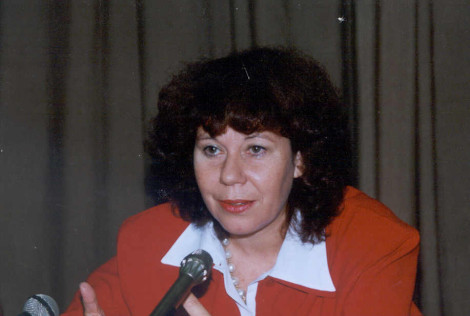Interpreting Studies
Oral translation, or interpreting as it is commonly known, is possibly the oldest form of translation; it has been part of human civilization since the dawn of time. Premised on the unique considerations that characterize this type of translation, given that both source material and translation are produced through speech (or sign language), a branch of translation studies has evolved in the 1970s: interpreting studies. The main types of interpreting include intercultural interpreting, such as in conferences and conventions; media interpreting; interpreting for diplomatic delegations; interpreting during negotiation; and intra-cultural interpreting as in the case of community interpreting (medical, educational, etc.) or interpreting in courts of law. The field has been recently expanding from the study of conference interpreting, cognitive considerations of simultaneous interpreting, and the quality of oral translation, to the study of interpreting in all forms, challenges and contexts. Since interpreting necessarily involves social interaction, the role of the interpreter, their identity, and the socio-cultural challenges they face are some of the key topics that have gained traction over the last two decades.






